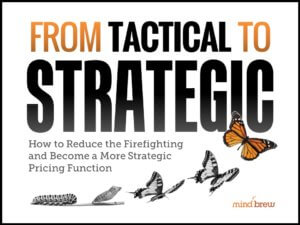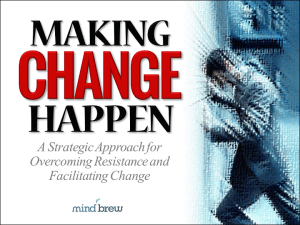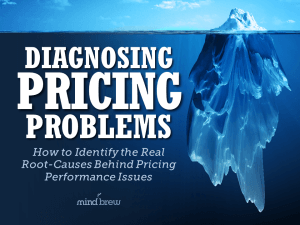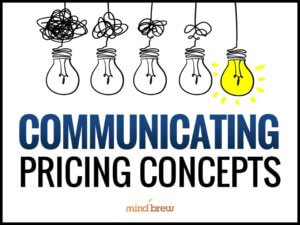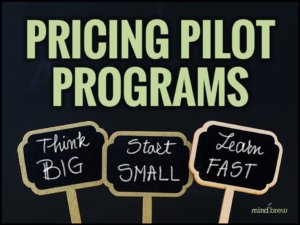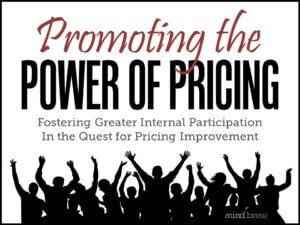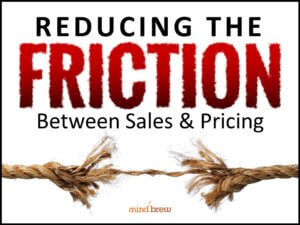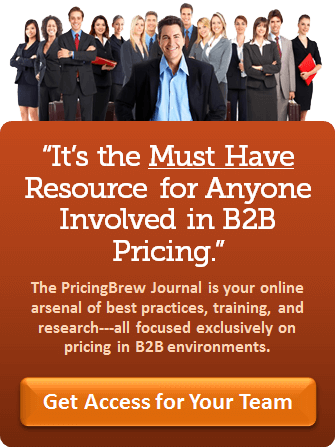Back in 1989, Stephen R. Covey first published The 7 Habits of Highly Effective People. In the more than 30 years since, the book has been a long-time bestseller, with more than 40 million copies sold around the world.
If you’ve never read this book, we recommend it highly. But with all respect to Covey, we’d like to suggest our own set of seven habits that highly effective pricing people share:
- Flexible Tenacity — The ability to keep pushing even when you run into hurdles or others provide pushback. People with this mindset persevere and remain open to new approaches when they face a setback. (See From Tactical to Strategic Pricing.)
- Results Orientation —Realizing that the analysis isn’t the objective, it’s a means to an end. When you have this outlook, you focus on the bigger picture. (See The Fundamentals of Effective Pricing Analysis.)
- Change Management — A strong ability to drive change within the organization, understanding that pricing results are often at the mercy of other teams and departments. It’s not enough to figure out what to do; you need to be able to get others in the company to actually do it. (See Making Change Happen.)
- Diagnostic Thinking — The skills to dig deeper into finding the real root causes of issues and problems, not simply stopping at the surface level answers. You need to be willing to not only figure out the true problem, but also to determine the changes that need to be made to fix it in the long term. (See Diagnosing Pricing Problems.)
- Effective Communication — Conveying your message to other people in a way that compels them to take action. Being able to communicate pricing and numbers to other pricing people isn’t ever enough; you must be able to get those concepts across in understandable terms to non-pricing folks in a way that’s relatable and compelling.< See Communicating Pricing Concepts.)
- Scenario Analysis — The ability to determine potential outcomes and calculate the ramifications of pricing actions. An effective pricer doesn’t simply trust their gut; they work the numbers to determine which action is the best. (See Pricing Pilot Programs.)
- Diplomacy and Tact — Being able to build rapport and effective relationships with many other people and departments. Sometimes you need to tear down typical walls of animosity that can exist, especially between sales and pricing. (See Promoting the Power of Pricing.)
And if you make it through all those resources, we have one more to tie it all together. Advancing Your Career in Pricing offers tested and proven strategies for getting ahead. It might not be quite the bestseller that The 7 Habits of Highly Effective People has become, but we would humbly suggest that it offers some highly practical advice gleaned from other B2B pricing practitioners.

